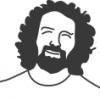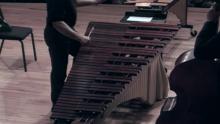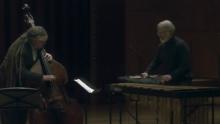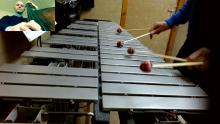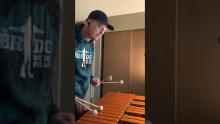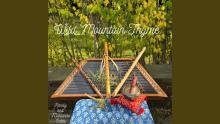Simple and Effective Warm Up Exercises
This couldn't be easier. Play these with all kinds of patterns. For instance, the exercise with CDEFG make it CDEGB with the same sticking.
I've 'carried' these around with me for years and years.
All keys! Every way you can think of!

- Read more about Simple and Effective Warm Up Exercises
- Log in or register to post comments

